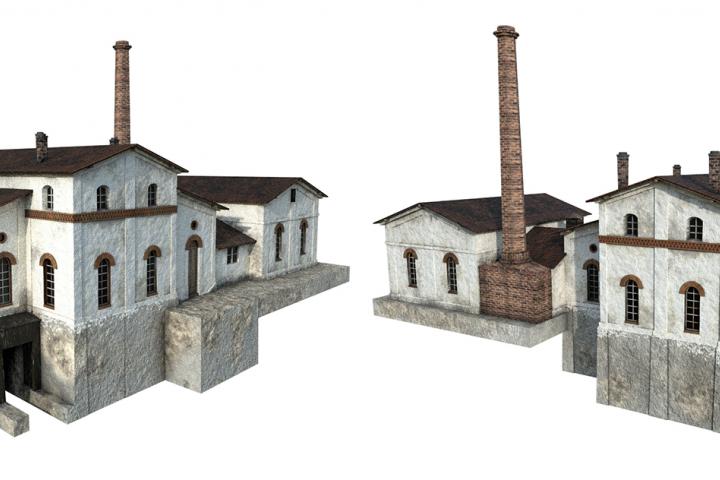
Towns whose revenues were donated by the rulers to the queens, the so-called royal dowry towns, are a Czech phenomenon not found elsewhere in Europe. They are a living part of historical consciousness and researchers have now decided to revive them using the tools of historical geography, virtual reality and cyberspace. Among the nine towns are Mělník, Trutnov or Hradec Králové, which belonged to the queens of the Přemyslid and Luxembourg families. The main outputs of the project are a structured mobile application and a web portal that serves as a specialized historical guide to the towns and their urban landscape.
In the case of Hradec Králové, it is possible to take a 3D journey through time via augmented and virtual reality in the form of 3D glasses, including 3D reconstructions of now-decayed urban areas and examples of period life. In practice, it looks like a visitor to the Hradec Králové Museum will put on these 3D glasses and will be able to see historical buildings and objects that have long since disappeared in detail. The virtual reality application and the mobile application for augmented reality were developed by a team of IT experts led by Ing. Jiří Chludil from the Department of Software Engineering at FIT CTU. The scientific reconstructions of historical objects, i.e. the content of the application, were provided by historians, archaeologists and conservationists from other participating institutions. Both teams had to work closely together and understand each other's way of working.
"Our aim was to reconstruct the already extinct urban areas and examples of historical life using advanced computer graphics. Not only our experts but also students were involved in the development of the applications as part of their final theses," says Ing. Jiří Chludil.
"The main goal of the project of applied research and experimental development was to make this exclusively Czech historical phenomenon visible and to present it to the general public. What is unique about this project is the blending of completely different disciplines, namely history and IT," says the project's principal investigator, doc. Petr Grulich, director of Museum of East Bohemia in Hradec Králové and docent at University of Hradec Králové.
Other outputs of the project include volumes of the Historical Atlas of Towns of the Czech Republic for Dvůr Králové nad Labem, Jaroměř, Polička and Vysoké Mýto, a comprehensive book monograph on royal dowry towns, a web and mobile guide to dowry towns and many others.
More info on the project at: https://www.kralovskavennamesta.cz/index.html